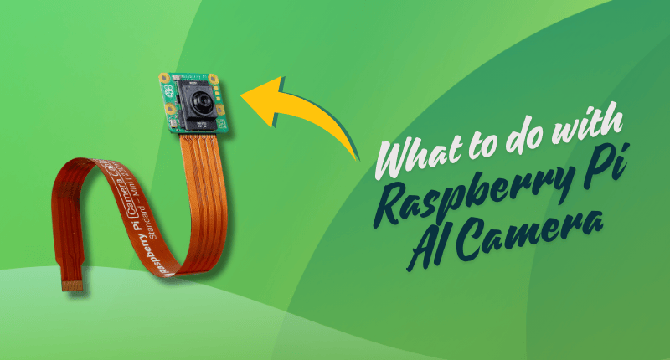Itsfoss
1M
166

Image Credit: Itsfoss
What Can You do With the Raspberry Pi's Newly Launched AI Camera?
- The newly launched Raspberry Pi AI Camera is built to perform onboard AI tasks instead of relying on the Raspberry Pi’s CPU and GPU to do the heavy work.
- The Sony IMX500 sensor, a 12.3-megapixel camera, is at the heart of the system. It features 8 MB of dedicated memory and allows real-time object detection, pose estimation and image segmentation.
- With a manual focus feature, the AI Camera is considered a specialized tool. It has at present limited applications, but it could be an excellent tool for edgier computing projects, making it ideal for developers or hobbyists.
- The AI Camera can run two built-in AI models and others available on Github's "model zoo," and these can recognize specific animals, log activity, recognize faces, and gesture control smart devices, among many other things.
- Some project ideas for the Raspberry Pi AI Camera include building an AI-enhanced smart doorbell, wildlife surveillance, interactive gesture control for smart homes, smart baby monitors, and edge AI for robotics.
- Deployment of the AI Camera for security and safety monitoring in factories, hospitals, and homes is also a valuable tool. It identifies safety hazards such as tools that are misplaced or if someone has fallen.
- With a power consumption of around 1.87W under load, it may be unsuitable for battery-powered and portable setups.
- The Raspberry Pi AI Camera is considered a niche product, making it best-suited for those into deep machine learning, while casual users should consider the Camera Module 3.
- If you need to know how to set up and use the AI camera with your Raspberry Pi, let us know in the comments section, and we will cover it in the next article.
Read Full Article
9 Likes
For uninterrupted reading, download the app